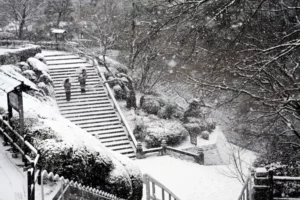The lunar zodiac cycles have been an integral part of Japanese society for hundreds of years. Each animal in this 12-year loop has its own unique energy that is woven into festivals, fortunes, and daily decisions. The coming new year will mark the start of The Year of the Horse. And, as we charge into 2026, the horse (uma) will be the animal on everyone’s minds.
The animal itself is a symbol of spirit, speed, raw strength, and adventure. In Japanese folklore, it represents power, resilience, transformation, and a connection to roots. Its arrival will influence choices, national events, and even birthrates. Today, we’ll explore standout events during this time of the calendar and what makes them memorable.
Table of Contents
Toggle1966: Japan Switches to the Metric System
In 1966, Japan fully adopted the metric system, marking a significant step into the modern age. This marked the end of the widespread use of traditional units of measure in everyday life. It wasn’t a sudden change. During the 1868 Meiji Restoration, Imperial Japan also explored the metric system to boost trade with other global powers. In 1921, a law was enacted. By July 1924, the metric system had become the official form of measurement for the country. A Metric Advisory Committee was formed in 1966, and the government itself switched over completely by March of that year.
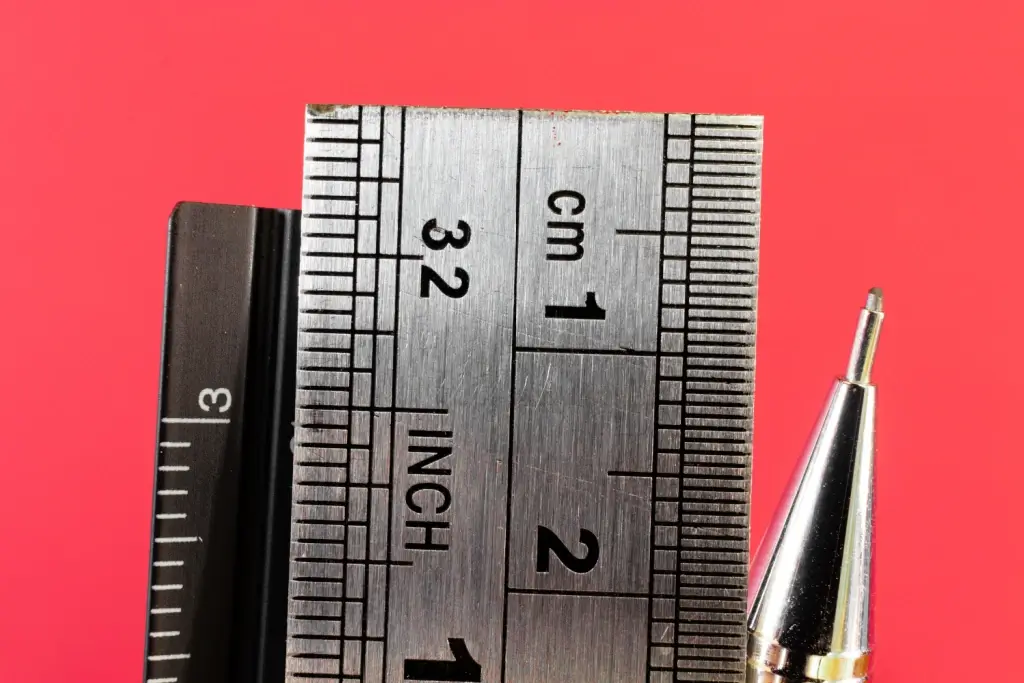
In the following years, Japan integrated the system into all levels of Japanese society. The media was flooded with posters and broadcasts to facilitate the shift. Schools taught centimeters and kilograms in lessons, and factories retooled their machines. Even land records underwent a massive overhaul. Today, the old units are no longer in official use. However, they persist in some niche industries, serving as stubborn echoes of the past. In construction and carpentry, the shaku and kan are still used. The shaku is a measurement of length roughly equal to 30.3 cm, and the kan is about 3.75 kg.
1978: Narita International Airport Opens (But Not Without Controversy)
1978 marked the highly anticipated opening of Narita International Airport in Chiba Prefecture. Construction began in the late 1960s, but the work was delayed for five years by fierce protests. Local farmers and activists in Sanrizuka, a town near the site, fought the idea. Much of the land was seized without the residents’ consent, and they voiced concerns about the potential noise pollution.

The Sanrizuka Struggle became legendary. The protesters fought with unyielding passion, sometimes against as many as 14,000 riot police. Their clashes with the government injured many and led to even more arrests—some even built steel towers to block runways. Tensions peaked on March 26, 1978, when 22 activists infiltrated the site via underground drains. They then sabotaged control towers and succeeded in further delaying the planned opening.
Narita finally opened on May 20th, 1978. However, issues of land rights and a lack of community voice persist to this day. The airport eventually became Tokyo’s gateway to the world. However, its path to success was not without difficulty, and it became a source of embarrassment for the authorities.
1990: Akihito is Enthroned as Emperor
Emperor Akihito became Japan’s 125th emperor on November 12th, 1990. The indoor ceremony at Tokyo’s Imperial Palace was a majestic display of ancient rites and modern flair. It drew royalty, leaders, and representatives from 158 countries, and cost a fortune. Akihito wore traditional sokutai robes, flanked by Imperial Guards in historic uniforms. It was the country’s first televised enthronement. The event marked a new chapter in Japan’s history, ushering in the Heisei (“peace”) era. Akihito emphasized reconciliation, setting the tone for his reign.
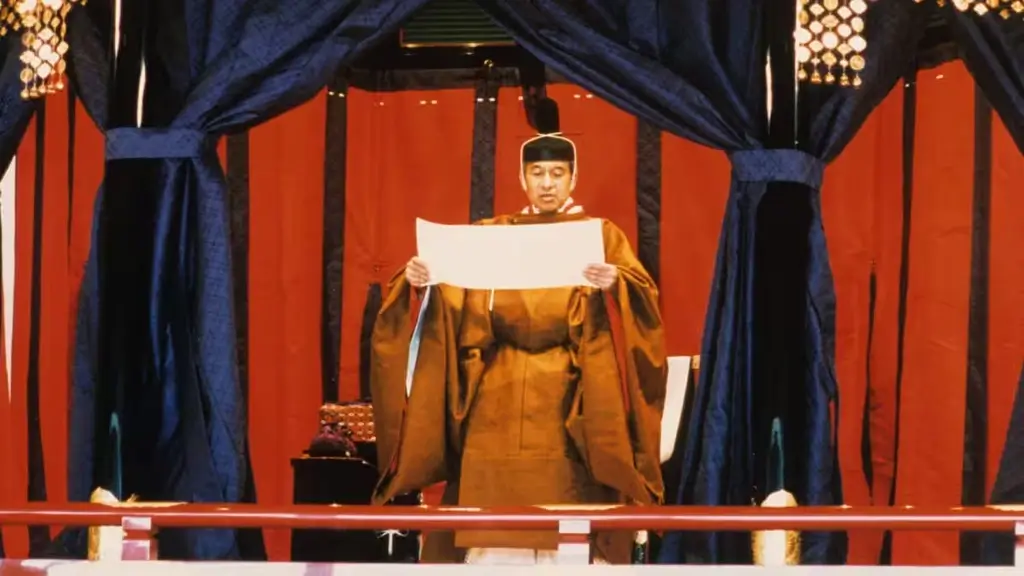
2002: Return of the Abductees
The kanji of the Year in 2002 was “return“ (kaeru, 帰る). It was selected to honor an important event – the return of Japanese citizens kidnapped by North Korea 24 years earlier. Between 1977 and 1983, North Korean agents kidnapped at least 17 people from Japan to train its spies. But on September 17th, 2002, Kim Jong-il admitted to the abductions during talks with Japanese Prime Minister Koizumi. This paved the way for some of the abductees to return to Japanese soil after decades in captivity.
DNA tests confirmed the identities of Yasushi and Fukie Chimura, Kaoru and Yukiko Hasuike, and Hitomi Soga. And on October 15th, 2002, they were finally reunited with their families. The outcome was bittersweet; to date, twelve officially remain unaccounted for.
2014: Washi is Declared a UNESCO Intangible Cultural Heritage
The manufacturing process for washi paper dates back over a thousand years. Creating the versatile paper is a painstaking process that involves processing mulberry trees. The washi is then used for art, interiors, rituals, and even the restoration of irreplaceable art. On November 27th, 2014, this craftsmanship finally earned it UNESCO’s intangible cultural heritage status.
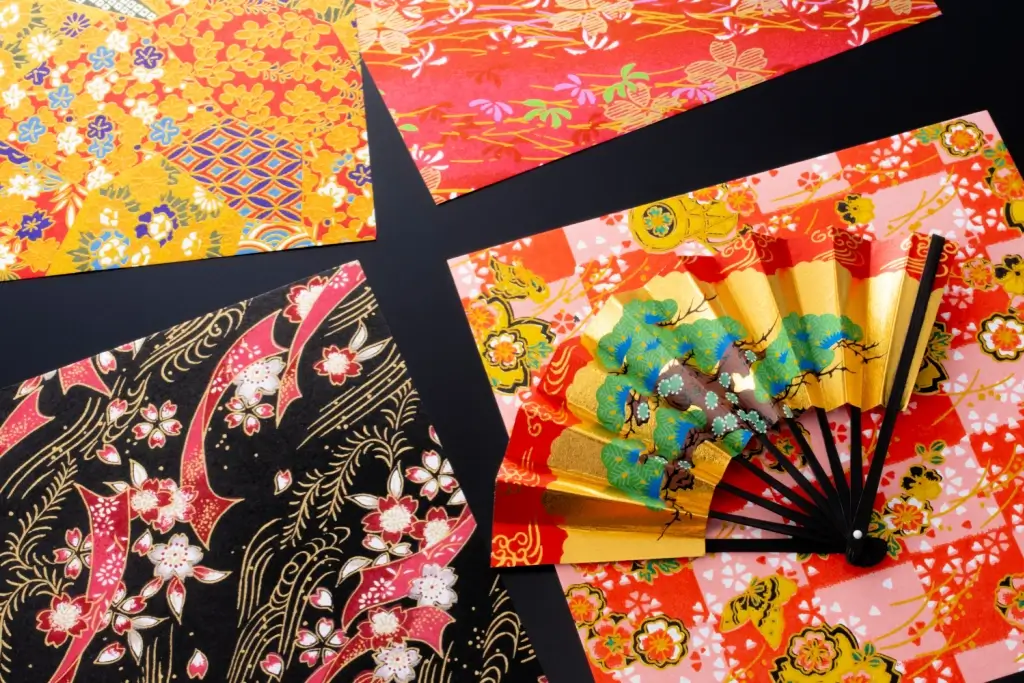
Three types of washi were recognized: Sekishu-banshi, hon-minoshi, and hosokawa-shi. Each requires its own technique, passed down through generations. This recognition boosted efforts to preserve the tradition, encouraged cultural exchange, and gained it global appreciation. The tradition continues today in communities across Japan, particularly in Shimane, Gifu, and Saitama Prefectures.
How can I celebrate the Year of the Horse?
You can celebrate the Year of the Horse by enjoying traditional rituals, festivals, and activities held across the country. Hatsuuma-sai at Higashifushimi Inari Shrine in Tokyo commemorates the beginning of the year with their “First Day of the Horse” festival. This is their biggest event, commemorating the arrival of the new year with vibrant parades and celebrations.
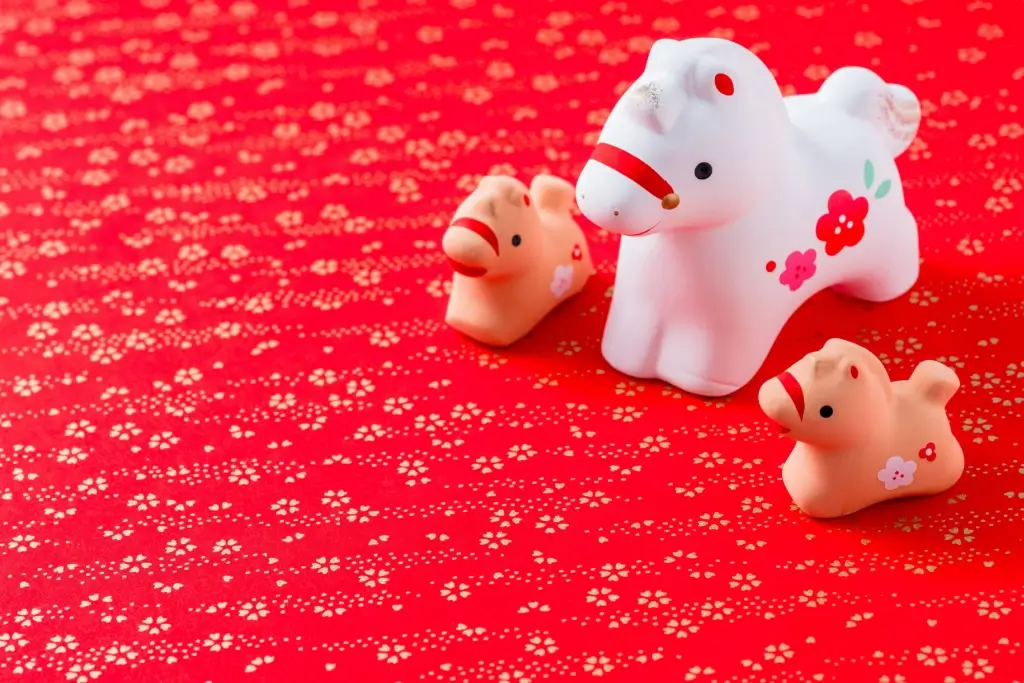
Izushi’s First Day of the Horse Festival in Hyogo is a 400-year-old tradition. Alternatively, you can visit a yabusame event and watch skilled archers on horseback in action. These riders thunder down the tracks while firing arrows at targets. Horse enthusiasts can also saddle up for the Soma Nomaoi Festival in Fukushima, a 1000-year-old extravaganza featuring armor-clad samurai riders racing in honor of warrior traditions. Ready to charge into the celebrations? What’s your top pick for honoring the Horse? Share your ideas in the comments, and let’s explore them together!
Cited Sources
- Kwansei Gakuin University. “Switch to Metric: Japan Joins the Global Movement“.
- Unseen Japan. “Sanrizuka: The Battle for Narita Airport“.
- Los Angeles Times. “Hirohito Dies, Ending 62 Years as Japan’s Ruler“
- Ministry of Foreign Affairs of Japan. “Talks between Japan and North Korea on the Abductions Issue”
- UNESCO. “Washi, craftsmanship of traditional Japanese hand-made paper“.





